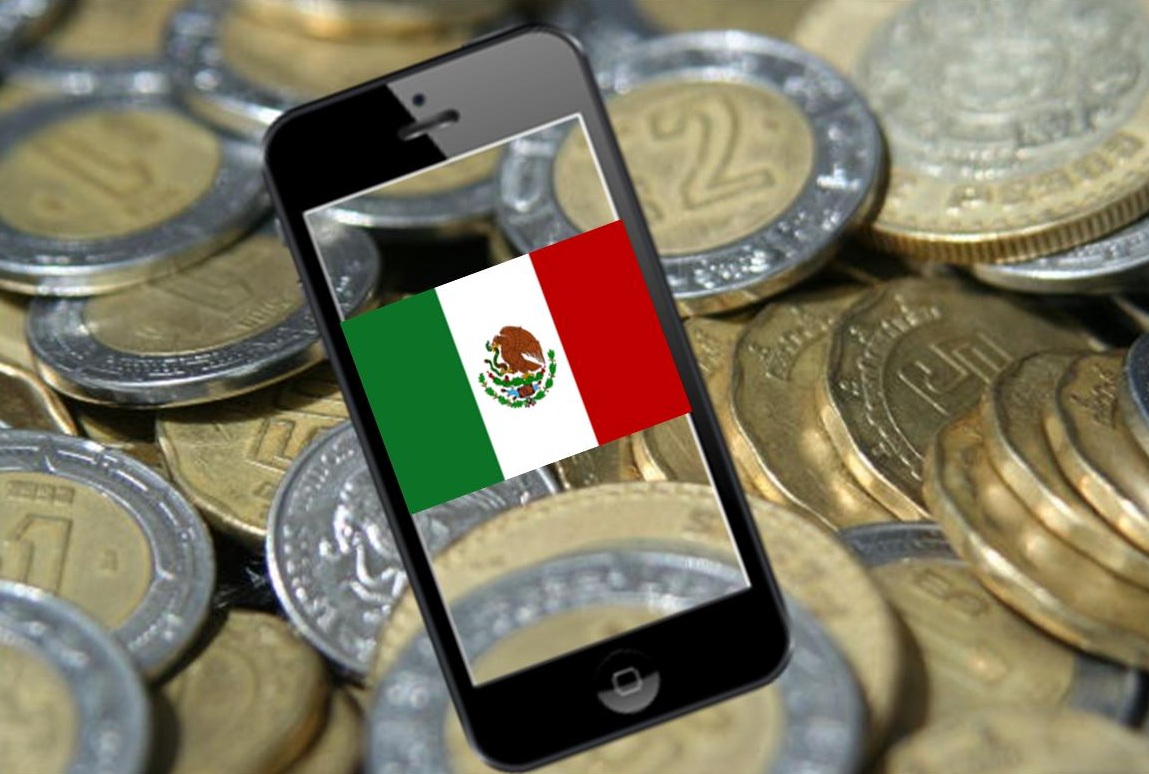The 2015 holiday gifts were exchanged digitally, and quite frequently over smartphones.
The 2015 Lunar New Year used mobile payments more than any previous year, as instant messaging platforms, such as WeChat from Tencent, drew a great deal of attention and made it easier for people to exchange cash gifts.
WeChat and the China Central Television Spring Festival gala were broadcast on Lunar New Year’s Eve.
During the show, mobile payments were featured, as audience members shook their smartphones throughout the broadcast in order to increase their chances of receiving red envelopes that contained cash gifts from WeChat. According to WeChat’s own figures, the show recorded 11 billion smartphone shakes. The high point was at 10:34pm, at which time the company had been recording an average of 810 million shakes every minute. During that time, there were 120 million red envelopes being distributed.
These mobile payments were issued to the people who took part in the WeChat red envelope promotion.
 The service also made it possible for smartphone users to send the smartphone payments to friends and family members who were registered on their contact list through WeChat. According to the company, there were over 1 billion red envelopes that were sent out to recipients on Lunar New Year’s eve. This was about 200 times the number that had been recorded for the same day in 2014.
The service also made it possible for smartphone users to send the smartphone payments to friends and family members who were registered on their contact list through WeChat. According to the company, there were over 1 billion red envelopes that were sent out to recipients on Lunar New Year’s eve. This was about 200 times the number that had been recorded for the same day in 2014.
While many were very happy with the number of exchanges that they received and were shocked at how many different red envelopes were sent in their direction, there were some that voiced concerns over this use of digital payments over mobile. Some observers expressed that they were afraid that younger users of the mobile app might become so taken with the sending and receiving of the red envelopes over the messenger program that they will spend more time paying attention to their devices than they will with their actual families, in person.
This concern was not without foundation, as some people did admit that over the two day Lunar New Year holiday, they barely stopped checking their devices, as it was a lot of fun to be able to send and receive the red envelopes. Most of them were sent in tiny amounts, but people enjoyed the opportunity to receive them, and to send other mobile payments to their friends, family, and coworkers.

 According to the country manager for Visa Mexico, Luz Adriana Ramirez Chavez, “Mom-and-pop stores play a major part in Mexico’s retail economy, yet they lack the tools to compete effectively with larger retailers.” Ramirez Chavez went on to say that “By installing mPOS
According to the country manager for Visa Mexico, Luz Adriana Ramirez Chavez, “Mom-and-pop stores play a major part in Mexico’s retail economy, yet they lack the tools to compete effectively with larger retailers.” Ramirez Chavez went on to say that “By installing mPOS 